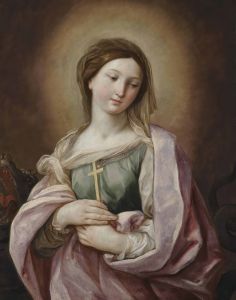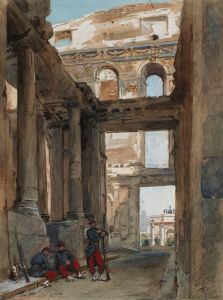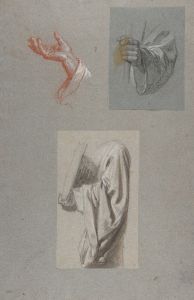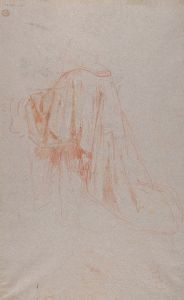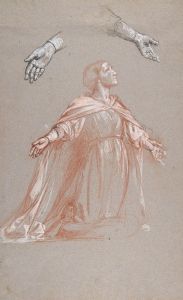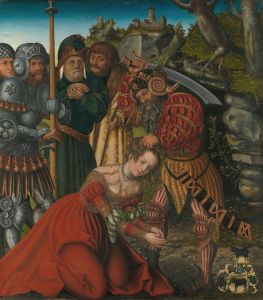
Cleric
A hand-painted replica of Isidore Pils’s masterpiece Cleric, meticulously crafted by professional artists to capture the true essence of the original. Each piece is created with museum-quality canvas and rare mineral pigments, carefully painted by experienced artists with delicate brushstrokes and rich, layered colors to perfectly recreate the texture of the original artwork. Unlike machine-printed reproductions, this hand-painted version brings the painting to life, infused with the artist’s emotions and skill in every stroke. Whether for personal collection or home decoration, it instantly elevates the artistic atmosphere of any space.
Isidore Pils, a notable French painter of the 19th century, is recognized for his contributions to historical and religious art. One of his works, "Cleric," exemplifies his adeptness in capturing the essence of religious figures and themes. Pils was born on July 19, 1813, in Paris, France, and he studied under the tutelage of François-Édouard Picot, a prominent painter of the time. Pils' education at the École des Beaux-Arts in Paris laid the foundation for his artistic career, which was marked by a focus on historical, religious, and genre scenes.
The painting "Cleric" is a testament to Pils' skill in portraying religious subjects with a sense of realism and emotional depth. Although specific details about the painting "Cleric" are scarce, Pils' body of work often depicted clergy and religious figures in a manner that highlighted their piety and dedication. His ability to convey the solemnity and spiritual devotion of his subjects is evident in many of his religious paintings.
Pils gained significant recognition after winning the prestigious Prix de Rome in 1838 for his painting "Saint Peter Healing a Lame Man at the Door of the Temple." This accolade allowed him to study in Rome, where he was influenced by the works of the Italian Renaissance and Baroque masters. His time in Italy enriched his understanding of religious iconography and further honed his skills in depicting sacred themes.
Throughout his career, Pils received numerous commissions for religious and historical works. One of his most notable projects was the decoration of the Church of Saint Vincent de Paul in Paris, where he painted a series of murals depicting the life of Saint Vincent de Paul. These works are celebrated for their narrative clarity and the expressive portrayal of religious figures.
Pils' style is characterized by a meticulous attention to detail and a commitment to realism. His paintings often feature carefully rendered figures set against detailed backgrounds, creating a sense of depth and context. This approach is evident in his religious works, where the depiction of clerics and other religious figures is both respectful and lifelike.
In addition to his religious paintings, Pils also explored other themes, including military and historical subjects. His painting "Rouget de Lisle Singing La Marseillaise" is one of his most famous works, capturing a patriotic moment during the French Revolution. This versatility in subject matter underscores Pils' ability to convey emotion and narrative across different genres.
Isidore Pils passed away on September 3, 1875, in Douarnenez, France. His legacy as a painter is marked by his contributions to religious and historical art, and his works continue to be appreciated for their technical skill and emotional resonance. While specific information about the painting "Cleric" may be limited, Pils' overall oeuvre provides insight into his approach to religious art and his impact on 19th-century French painting.







